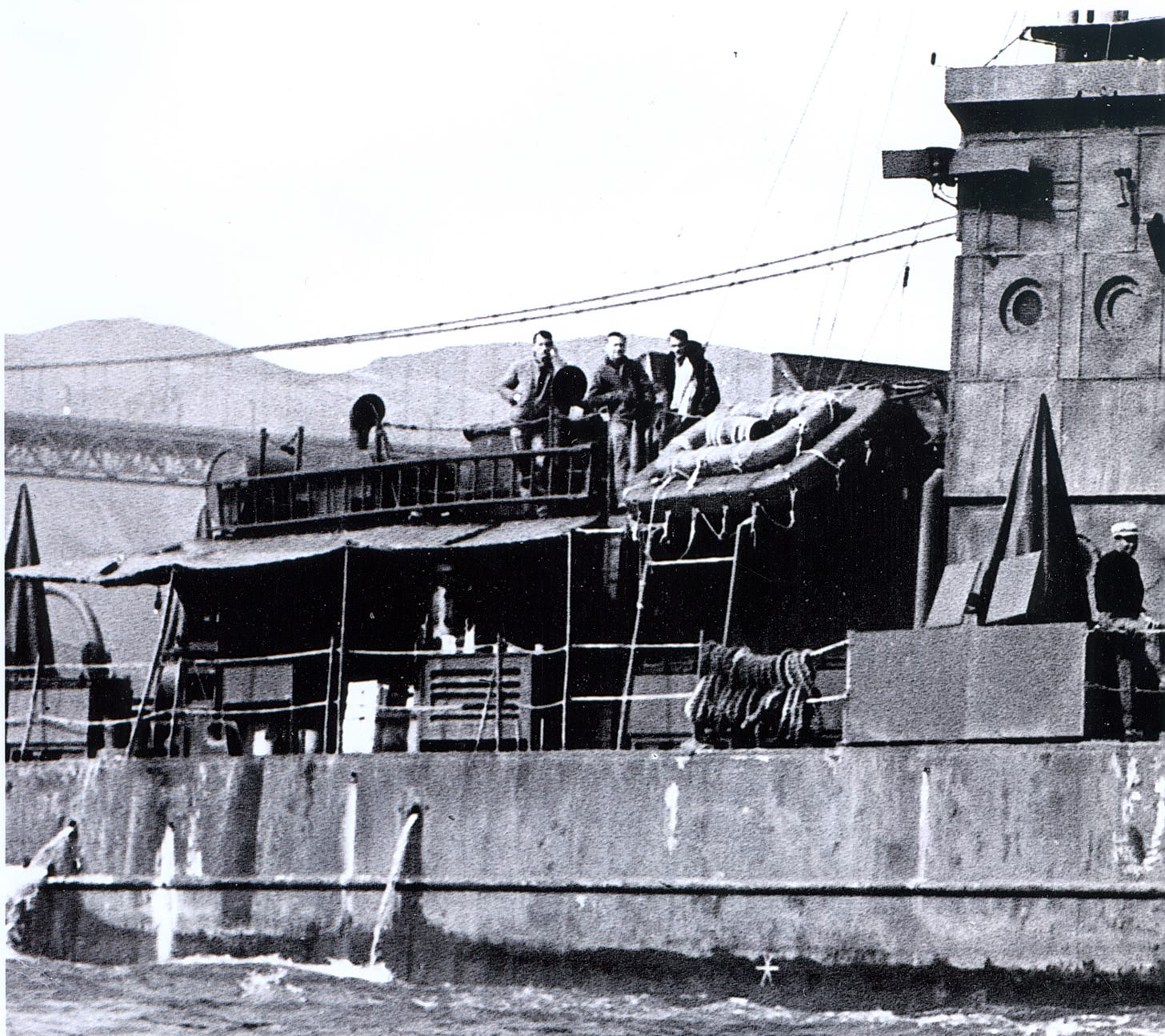How the World War II life rafts changed surfing
First of all, before I slide into this week’s Wood Water Soul, I want to take a minute to direct thoughts toward Maui and the events as they unfold. It’s crucial to the heritage of Hawaii that anything that happens going forward is done with respect. The death toll is staggering, and the affect on lives is impossible to wrap my head around. Help where you can; 10 dollars can go a long way.
Surfboards were changing in the late 1930’s. Tom Blake was the first to add a fin to a plank..
If the boards were solid, and the local Hawaiian boards were, they might weigh one hundred plus pounds. In the states they were experimenting with hollow design and balsa as a light weight wood. The supply of balsa was sporadic at best.
During the war a lot of men signed up for the Merchant Marine or the Navy, and it was a great way to stay connected to the water. The Navy built life rafts out of balsawood. You can see one here on a ship as it goes under the Golden Gate Bridge.
The life rafts didn’t work very well though as they had open bottoms. If sailors had the misfortune to have to use one, hypothermia set in after about 45 minutes in the water, that is, if the sharks didn’t get them through the mesh bottoms.
After the war, those rafts were scrapped at the big Naval yards in Long Beach and Alameda California. Surfers at the time found these rafts and stripped them of the outer covering to get to the balsa inside. It became a great supply of a hard to get material that was light weight and could be worked to create a lighter board. Tim Patterson of Patterson Surfboards is a 3rd generation shaper. Tim’s Grandfather fought in the Pacific, and Tim tells the story in Addicted To Joy.
ATJ is a story of connections, to the water land and soul. I hope you enjoy it. (photo’s courtesy “Croul Family Foundation”, “The PT Boat Forum” and ATJ.







